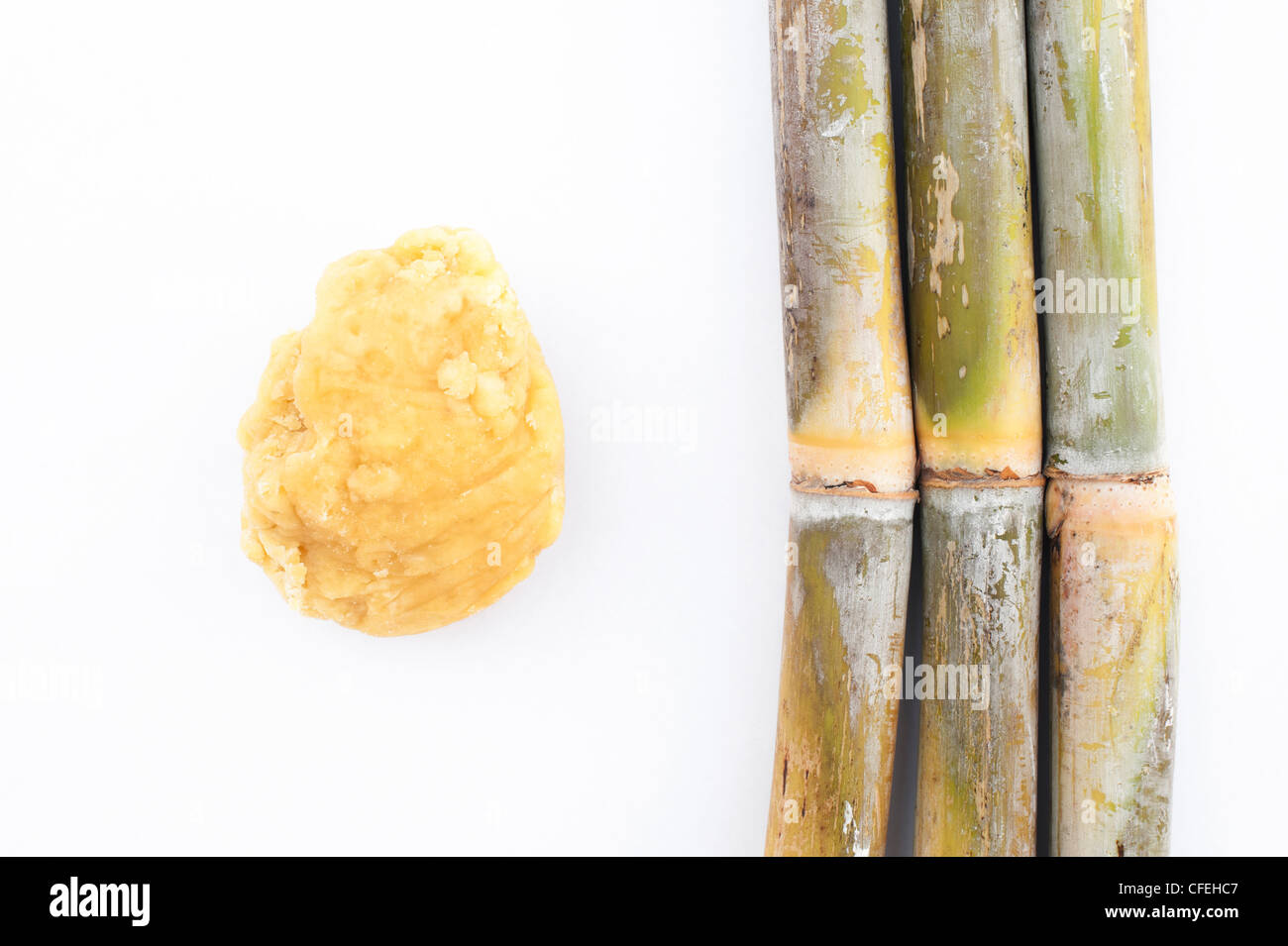Sugarcane Product and Its Contribution in the Global Clean Energy Movement
Sugarcane Product and Its Contribution in the Global Clean Energy Movement
Blog Article
Exploring Sugarcane Products: Versatile Profits and uses
The expedition of sugarcane products reveals an exceptional range of applications that prolong well past the acquainted realm of sweeteners. As we analyze the diverse contributions of sugarcane, one could wonder how these varied usages can reshape industries and lifestyles in a quickly developing world.
Summary of Sugarcane
Although sugarcane is often associated mainly with sugar production, it is a functional crop with an abundant background and numerous applications. Cultivated in tropical and subtropical regions, sugarcane thrives in well-drained soils and warm climates, adding considerably to many economic climates worldwide. This perennial turf, belonging to the genus Saccharum, can expand to elevations of as much as 4 meters, showcasing its durable nature.
Beyond its key role in sugar removal, sugarcane works as a crucial resource for various byproducts. The coarse deposit, referred to as bagasse, is utilized for producing bioenergy and as a raw product for manufacturing paper and eco-friendly items. Additionally, molasses, a by-product of sugar refining, is rich in nutrients and frequently used in animal feed and fermentation procedures.
Sugarcane likewise plays a considerable duty in conventional medicines and social techniques in several areas, illustrating its value past commercial use (sugarcane product). Moreover, with the raising concentrate on lasting agricultural techniques, sugarcane is being checked out for its capacity in biofuels and carbon capture, positioning it as a principal in the change towards eco-friendly power resources. Therefore, the adaptability of sugarcane expands far past the boundaries of sugar manufacturing
Sugarcane in Food Products


Beyond sweeteners, sugarcane is the resource of energy-rich products such as jaggery and panela, which are standard raw sugars utilized in several cultures. These items not only sweeten foods yet likewise convey nutritional advantages and one-of-a-kind flavors.
Sugarcane juice, a rejuvenating drink enjoyed in several tropical regions, showcases the plant's convenience. It is often consumed fermented or fresh into alcohols like rum.
In addition, sugarcane fibers, recognized as bagasse, are in some cases made use of to develop food packaging products, highlighting the environmental benefits of sugarcane handling. Overall, sugarcane's payment to food items is complex, enhancing flavors, providing dietary value, and playing a considerable duty in culinary practices around the globe.
Industrial Applications of Sugarcane
In various industries, the versatility of sugarcane expands far beyond its culinary applications. Sugarcane works as a critical raw product in the manufacturing of biofuels, specifically ethanol, which is progressively made use of as a renewable resource source. This biofuel is obtained via fermentation and distillation procedures, providing a sustainable alternative to fossil gas and adding to a reduction in greenhouse gas emissions.

Moreover, the sugarcane market has actually found applications in drugs, where its parts are made use of in the formulation of various medical products. The all-natural compounds removed from sugarcane show antimicrobial and antioxidant properties, enhancing the efficacy of particular medicines.
Finally, sugarcane is indispensable to the production of a variety of chemicals, including glycerol and organic acids, which are crucial for various commercial processes. These applications highlight sugarcane's considerable role in promoting commercial sustainability and innovation.
Ecological Advantages of Sugarcane
The multifaceted applications of sugarcane not only enhance commercial processes but also add dramatically to environmental sustainability. As a sustainable source, sugarcane farming plays a vital duty in carbon sequestration, soaking up considerable amounts of carbon dioxide from the environment. This process helps minimize climate adjustment by minimizing greenhouse gas focus.
Additionally, sugarcane results, such as bagasse and molasses, provide green choices to standard products. Bagasse, the fibrous deposit after juice removal, can be used as a biomass fuel, lowering dependence on fossil gas and my site promoting cleaner energy resources. Furthermore, molasses can be transformed right into bioethanol, additionally supporting sustainable power campaigns.
Sugarcane farming also promotes biodiversity and soil health and wellness. Lasting farming techniques, such as intercropping and plant rotation, enhance soil fertility and decrease erosion. Additionally, the plant's deep origin system help in water retention, therefore sustaining local ecological communities and enhancing resilience versus drought.
Wellness Advantages of Sugarcane
Rich in important nutrients and natural sugars, sugarcane uses countless health advantages that make it a valuable enhancement to a well balanced diet plan. Its high fiber content aids in digestion, advertising intestine health and protecting against bowel irregularity. Additionally, sugarcane is a resource of anti-oxidants, which battle oxidative stress and anxiety and might minimize the danger of persistent diseases.
Furthermore, sugarcane juice is known for its hydrating residential properties, making it an exceptional drink option, specifically in warm environments. The natural sugars present in sugarcane provide a fast power increase, valuable for athletes and those participated in exercises. It additionally consists of important minerals and vitamins, such as vitamin C, magnesium, calcium, and potassium, which contribute to general health.
Research studies suggest that sugarcane may aid manage blood sugar degrees, making it a preferable sugar for people with diabetic issues when eaten in small amounts. Its anti-inflammatory buildings can sustain liver health and aid in detoxification.
Final Thought
In final thought, sugarcane emerges as an extremely versatile crop with considerable contributions to various industries. The spin-offs of sugarcane, such as bagasse and molasses, promote eco-friendly techniques, while its check it out health and wellness benefits improve total well-being.
Although sugarcane is usually associated largely with sugar manufacturing, it is a versatile plant with an abundant background and countless applications.Beyond its primary role in sugar extraction, sugarcane offers as an essential source for different spin-offs. Largely understood for creating sugar, sugarcane is transformed right into granulated sugar, brownish sugar, and molasses, each offering distinct cooking functions.Rich in all-natural sugars and important nutrients, sugarcane offers numerous health and wellness advantages that make it a useful addition to a balanced diet regimen. The natural sugars present in sugarcane give a fast power boost, beneficial for athletes and those involved in physical tasks.
Report this page